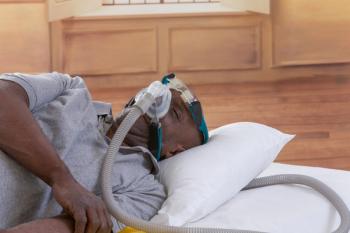
Combination of Garadacimab, Sebetralstat Can Help Patients With HAE: Timothy Craig, DO
The recent approval of garadacimab can help to treat patients with hereditary angioedema (HAE) along with sebetralstat, which is awaiting FDA approval, explains Timothy Craig, DO, Penn State Health.
Timothy Craig, DO, professor at Penn State University and principal investigator of the VANGUARD phase 3 trial (NCT04656418) of garadicamab, believes that garadacimab can be taken in combination with sebetralstat, which is a medication that can offer rescue assistance for patients with
This transcript was edited for clarity; captions are auto-generated.
Transcript
Are there differences between garadacimab and sebetralstat when it comes to treating HAE? Can they be taken together?
Sebatralstat is a medication that's used to inhibit kallikrein, and that's in the middle of the contact pathway. It is an oral medication used for rescue only. It's not approved for or won't be approved for a long-term prophylaxis or to decrease attacks. On the other hand, garadacimab is a [subcutaneous injection] once a month, and it's effective at decreasing attacks. To me it makes sense that they could be used together, and that would be right now then the lowest burden of any medications. Garadacimab's once a month, and it has an efficacy of around 85%, plus [or] minus a few. Sebatralstat works very good for attacks, so I think the combination is actually a very good combination.
How important is it to have both of these drugs approved for the treatment of HAE?
These 2 drugs, sabetralstat as well as garadacimab, actually complement each other, I think. Now, garadacimab has the same efficacy as lanadelumab, but it's once a month instead of every 2 weeks. The problem with icatibant for rescue is that it really has a lot of skin reactions, or the injection-site reaction is pretty profound, where if you could take a pill it's tolerated very well. It'll make it much easier, and hopefully people would not only more likely use it, but also use it earlier. The earlier in an attack, the better. I think that combination is very good: one, the infrequent dosing, and the other one having an oral medication to take for rescue. The other thing, too, is garadacimab, even though it's [subcutaneous], has minimal injection-site reactions, so compared to other medications, it's not one that causes a lot of anxiety to use, because you get a wheel and you get pain and you get erythema at the injection site, which is very typical of what you see with icatibant.
Newsletter
Stay ahead of policy, cost, and value—subscribe to AJMC for expert insights at the intersection of clinical care and health economics.













































